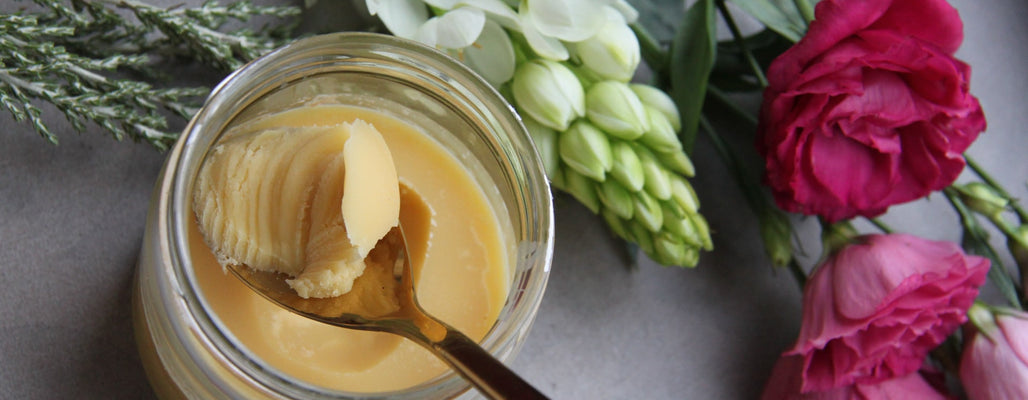
Shea butter lives in two different worlds. One is the savannas of Western and Central Africa, where the nuts of the shea tree are crushed, boiled, dried and boiled some more. The other is the shelves of upscale boutiques and cosmetics aisles, where its essential moisturizing properties make it nearly required in products claiming to be kind to the skin. The problem is, once shea butter makes it to the shelves, the refining process can have removed much of what makes it so beneficial to begin with.
Nothing Further is Needed
Shea butter is found in two primary types, refined and unrefined. Refined shea butter – and its “ultra-refined” offshoot – have the advantages of being odorless, colorless and exceptionally smooth as an ingredient in high-end cosmetics. Refining also increases the butter’s yield, allowing for use in a widely increasing variety of products.
Unrefined shea butter doesn’t have the same aesthetic appeal as refined butter, nor the same yield or potential for profit. When the nuts of the shea tree are extracted from the fruit and crushed by hand or simple machinery, when they’re ground into a thick paste and boiled, what’s scooped off the top and cooled is unrefined butter. No further production is needed. No synthetics or chemical solvents are used. No essential properties have been lost.
Organic and Unrefined
When it’s organic as well as unrefined, shea butter is part of a tradition of sustainable gathering and production that goes back centuries, and during that time, has served as the economic heart of area villages.
When you choose to use and sell only organic, unrefined shea butter, you know you’re getting its full benefits, not ones that have been selected to make the product more commercially appealing. That’s when you’re using shea butter at its best, complete and unrefined.
